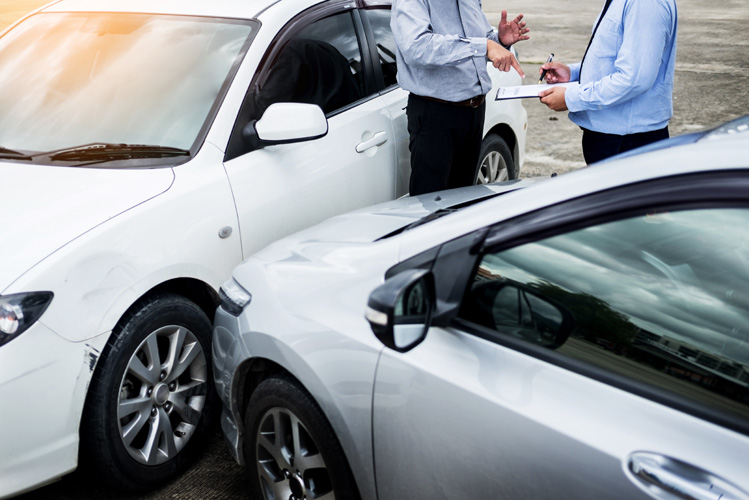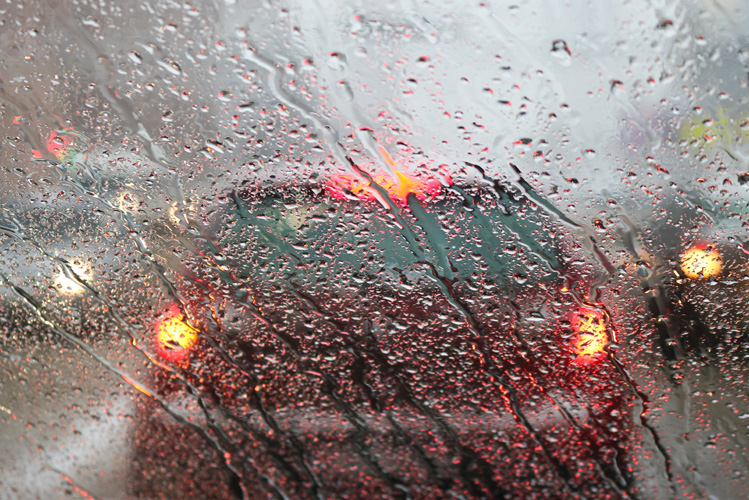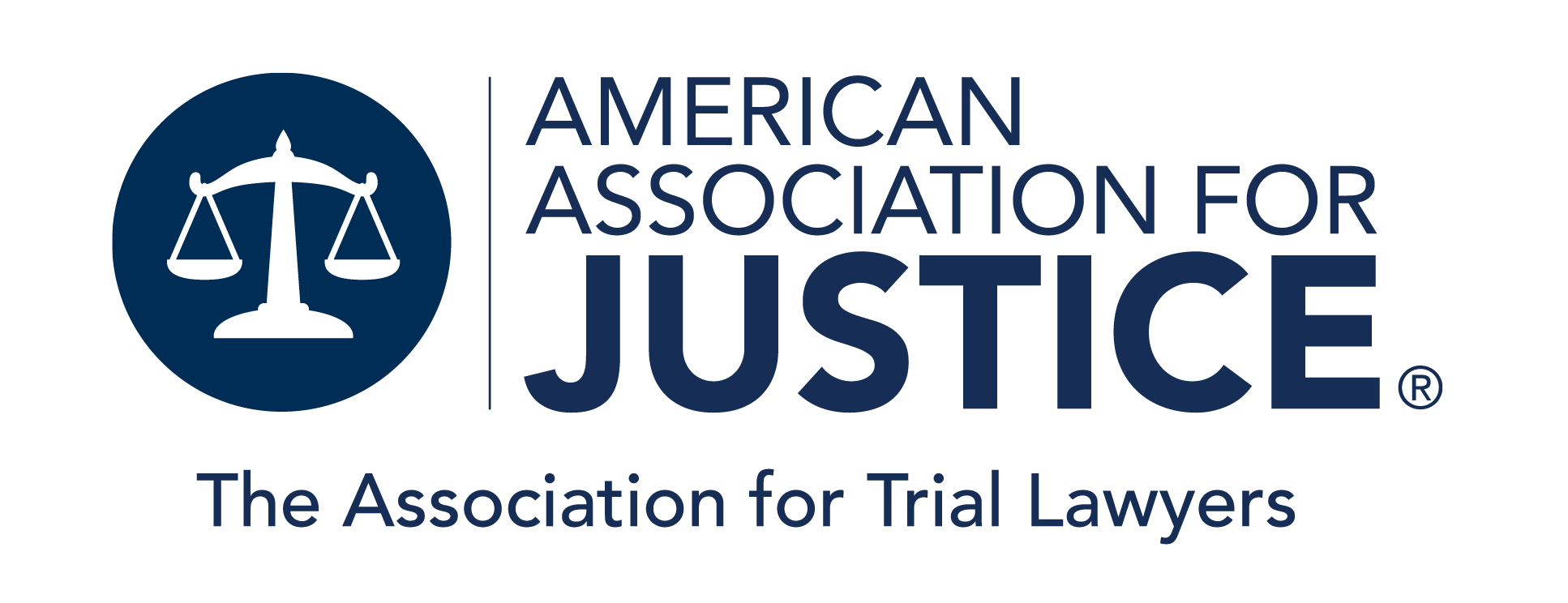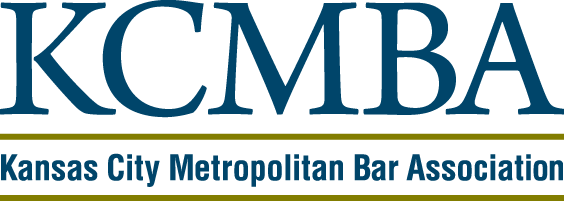
Traffic accidents occur every day on Kansas City roads. Understandably, the level of damage and injuries one sustains in a collision often depends on the type of accident, speed, and other circumstances. However, when car crashes cause injuries and fatalities, the negligent parties may be held accountable when the injured files a personal injury claim or the deceased’s family pursues a wrongful death case.
If you have been injured in a collision, regardless of mild or severe damage, you may qualify to be compensated for varying damages by gathering evidence to prove negligence in a claim. At Hollis Law Firm, our skilled team of personal injury lawyers understands that no two accident cases are alike. Our lawyer helps guide you through legal proceedings and may help establish liability to recover the total compensable damages you are entitled to after a car accident.
Table of Contents
What Do I Need to Prove Negligence After a Car Accident in Kansas City?
To file a claim against a driver responsible for an accident, the injured must provide proof of negligence on behalf of the driver responsible. Different factors may contribute to negligence and what is necessary to prove another person is at fault. Insurance companies often attempt to refute any evidence or diminish the level of injury the injured person claims against a driver.
After an accident, taking these steps may help you prove negligence:
Make a Police Report for the Accident
Calling emergency services and reporting an accident helps add evidence to your claim. With a firsthand account of the accident and law enforcement’s investigation, your claim may benefit from having a police report recorded. Seeking necessary medical help after a car collision also helps you treat and record accident-related injuries.
Exchange Information With All Drivers Involved in the Car Crash
To prove negligence in an accident, knowing all the parties involved and who is at fault is essential. If you can, exchanging information with those involved helps you file a claim against the driver and hold their insurance accountable. Additionally, a police report may record the information of those involved to record the events accurately.
Gather Images, Video, or Surveillance Footage of the Accident
Gathering pictures, videos, and nearby surveillance footage helps you prove negligence because it helps re-create the scene and proves how an accident occurred. Collisions sometimes cause cars to shift, roll over, and appear damaged. Visual evidence adds substantial weight to the evidence in a case and limits any error in proving a cause.
Speak With Nearby Witnesses and Gather Information
Similar to visual evidence, nearby witnesses can significantly help a case. If people near the scene witnessed the collision and what honestly occurred, their testimony helps establish liability. If an injured driver can speak with nearby witnesses and ensure their contact information is recorded, it may help the case significantly.
Retain Legal Counsel From a Skilled Personal Injury Attorney
Collecting evidence and seeking legal counsel from an attorney at Hollis Law Firm may help you understand your rights as the injured and navigate your case in the right direction. Depending on your case’s severity of injury and damage, we understand that gathering evidence and help on your own can be very challenging. You may benefit from our services with a professional legal team and aggressive defense for your rights as the injured seeking compensation for eligible damages.
Our seasoned attorney seeks to provide exceptional legal aid and may help you gather evidence to support your claim. We also work to ensure you are not misguided by the negligent party’s representatives or fall into their strategies of discrediting a claim.
The Four Elements Needed to Prove Negligence in a Car Accident Claim
Negligence is the failure of an individual or entity to exercise reasonable care towards others to prevent harming them. The key to understanding negligence is understanding the four components that establish and create negligence. These four elements are duty of care, breach of duty, causation, and damages. Establishing these four elements helps create a strong narrative that proves that one or multiple parties were, in fact, negligent and, therefore, should be held legally responsible for paying the victim’s damages.
Duty of Care
The first step to proving negligence is proving that the opposing party (the defendant) had a duty of care they failed to uphold. Duty of care refers to the legal obligation one person has to another to use reasonable care and caution to avoid hurting each other. Anyone who gets behind the wheel of a motor vehicle is expected and bound by the law to adhere to a duty of care as it pertains to others on the road.
Breach of Duty
Once it’s established that the defendant owed you a duty of care, the next step is to show that this duty was breached, which means that they failed to behave in a way that a reasonable person would to avoid causing you harm. Proving that a person failed to act within reasonable care widely depends on the circumstances of the accident. The most common behavior that breaches a driver’s duty of care is drunk driving or ignoring traffic signals, such as a red light.
Duty of care and breach of duty are the two main elements of negligence. Together they prove that the defendant was negligent and, therefore, liable, making them legally responsible for damages.
Causation
To fully establish the defendant is liable means proving that their breach of duty is the direct or proximate cause of the accident which caused your injuries and other losses. The more direct the link between their breach and your injuries, the stronger your case for compensation becomes. Proving causation means demonstrating that if not for the defendant’s actions, you would not have sustained the injuries you did or suffered the pain you did.
Evidence of Damages
The last element you’ll need to prove is that you suffered some sort of financial, emotional, or physical loss because of the defendant’s actions. This part means proving the existence of your injuries and other losses. Proving you’ve suffered some sort of loss is done through medical bills and other forms of evidence.
Our Kansas City Car Accident Lawyers at Hollis Law Firm May Help Gather Evidence After an Accident
You may have questions and concerns if you are going through challenges and life changes following a car accident. Our Kansas City car accident attorneys aim to provide our clients with continual legal counsel, resources, and skilled representation. Proving negligence and determining liability after a car accident case may be complex depending on the circumstances of your case.
Choosing to handle a case independently, you may forgo the advantageous knowledge, negotiation skills, and other legal skills that our injury attorney may provide for your case. You don’t have to handle a car accident claim and case proceedings alone. To schedule a case review and put your best foot forward in any case, complete a contact form or give us a call at (800) 701-3672.














